BIOCHEMISTRY DIVISION
Our research team has one key spirit – we love science! Together we want to understand, how cells keep their vacuole/lysosome as a functional organelle, how it keeps its shape, how it communicates with other organelles, and how this keeps cells healthy.
We profit from an excellent research environment of our Biology Department and the Biochemistry Division.
Below is some information on our research affiliations and the availabel tools and equipment in our division.
Our affiliations
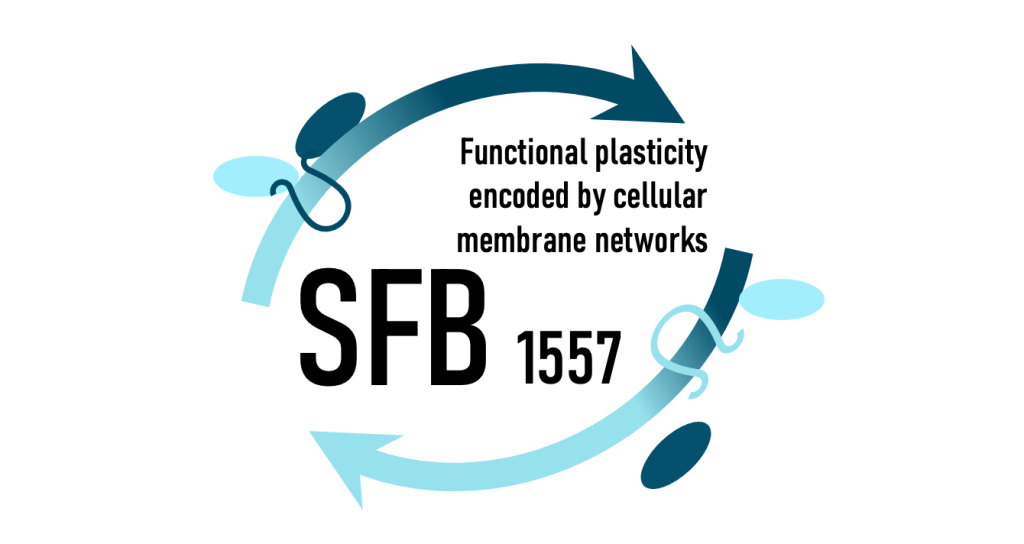
The SFB 1557 (2023-2026; Speaker Christian Ungermann) is a new collaborative research center in Osnabrück (with three groups in Münster). It is funded by the DFG (German Research foundation) for up to 12 years.
The focus of the SFB 1557 is the functional plasticity encoded by cellular membrane networks. It addresses the role of the lipid code of membranes (from the plasma membrane to cellular organelles and bacteria) for membrane protein function, and the crosstalk between both for cellular survival and adaptation. The SFB funds PhD and postdoc positions in >14 groups.
The SFB 1557 continues the tradition of the SFB 944 (2011-2022; Speaker Christian Ungermann) on cellular microcompartments, subregions of organelles or the cytosol with specific functions for cellular physiology.
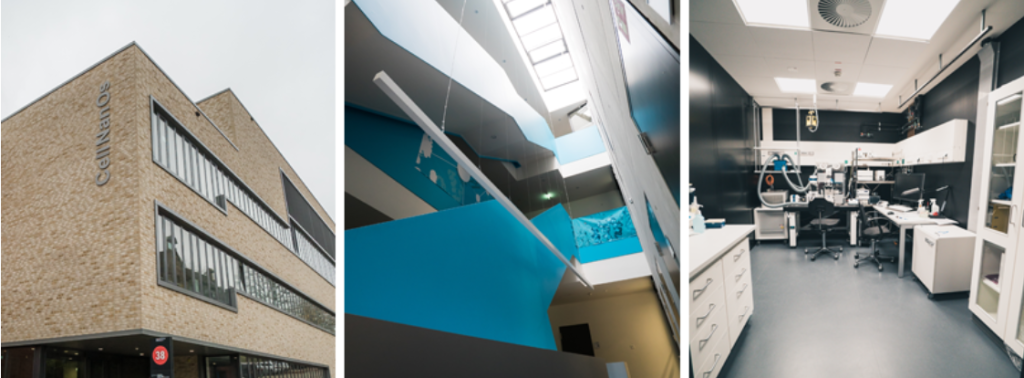
The research building CellNanOs opened in 2018, and provides a unique infrastructure in biology, physics and chemistry.
The CellNanOs hosts excellent high end fluorescence microscopes, electron microscopes and the unit of mass spectrometry. It also host the Glacios cryo electron microscope of the Structural Biology unit. Research groups of the Chemistry and Physics Departments work here closely togetherwith Biology groups.
The research opportunities at CellNanOs are unique in Germany as all research infrastructure is concentrated in one building and available in close distance to all research groups on campus.
Some of our tools
The biochemistry unit is fully equipped with all necessary equipment to conduct state-of-the-art experiments in biochemistry, cell biology, or genetics. This includes
- high speed centrifuges for protein purification
- ultracentrifuges for organelle purifications, large scale
- shakers for bacterial and yeast growth
- a cell culture lab to grow mammalian and insect cells
- several devices to crack yeast and E.coli cells, including a cryo-mill and a fluidizer,
- an analytics lab to conduct in vitro liposome assays, which includes two fluorimeters and a dynamic light scattering machine
- several FPLC machines for column-based protein purification
- a Delta Vision microscope to monitor fluorescently labeled proteins in cells, which is part of the imaging facility of the Biology
- a cold room,
- a lab for molecular biology,
- and very well-equipped and super friendly labs (see below for impressions)
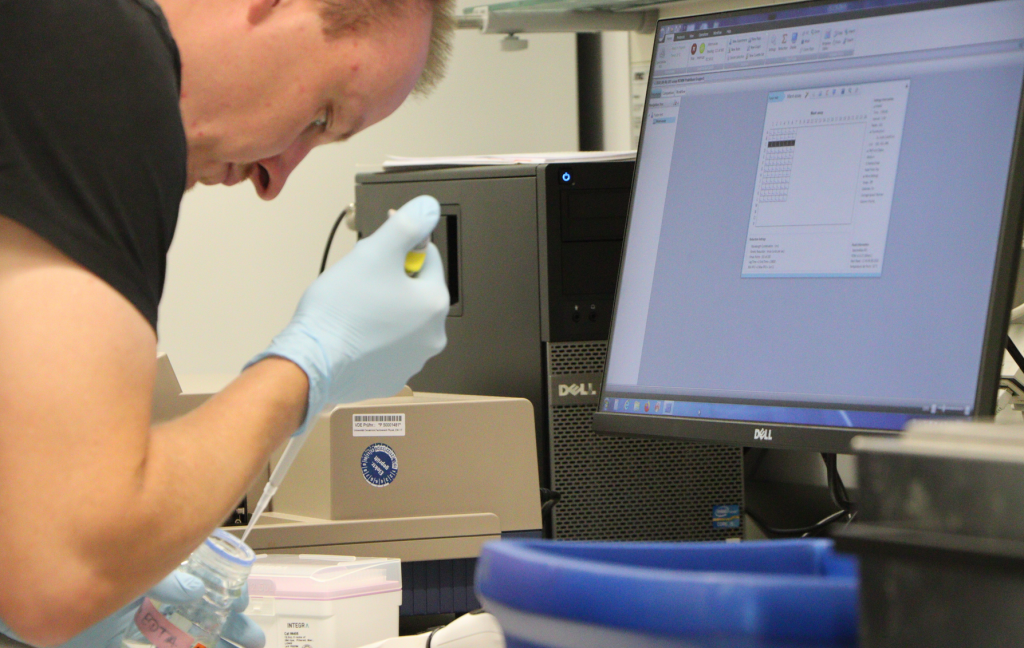
Our fluorimeter – a plate reader ….
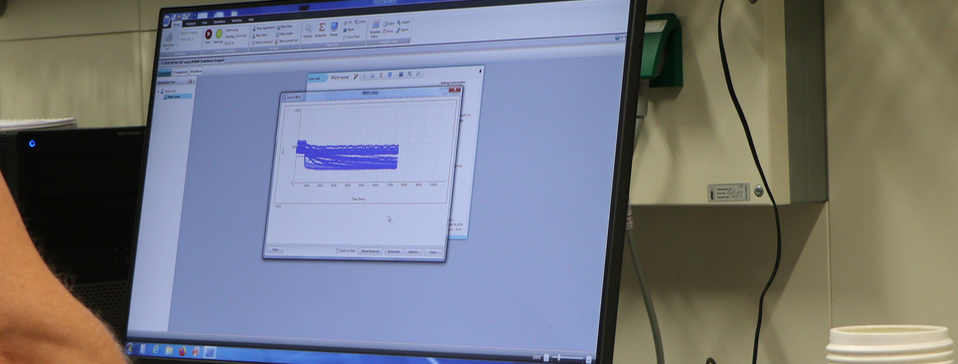
…. for in vitro assays
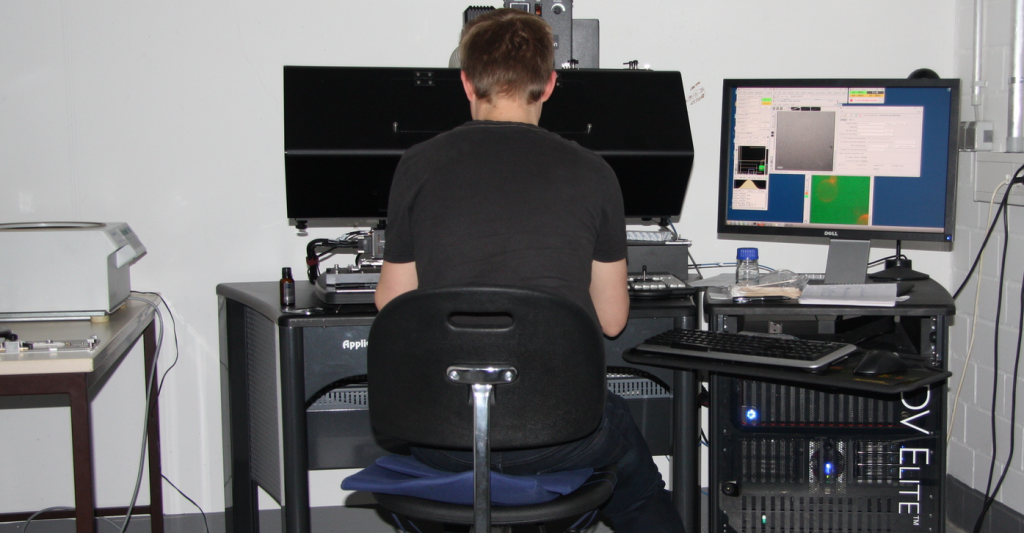
High end microscopy
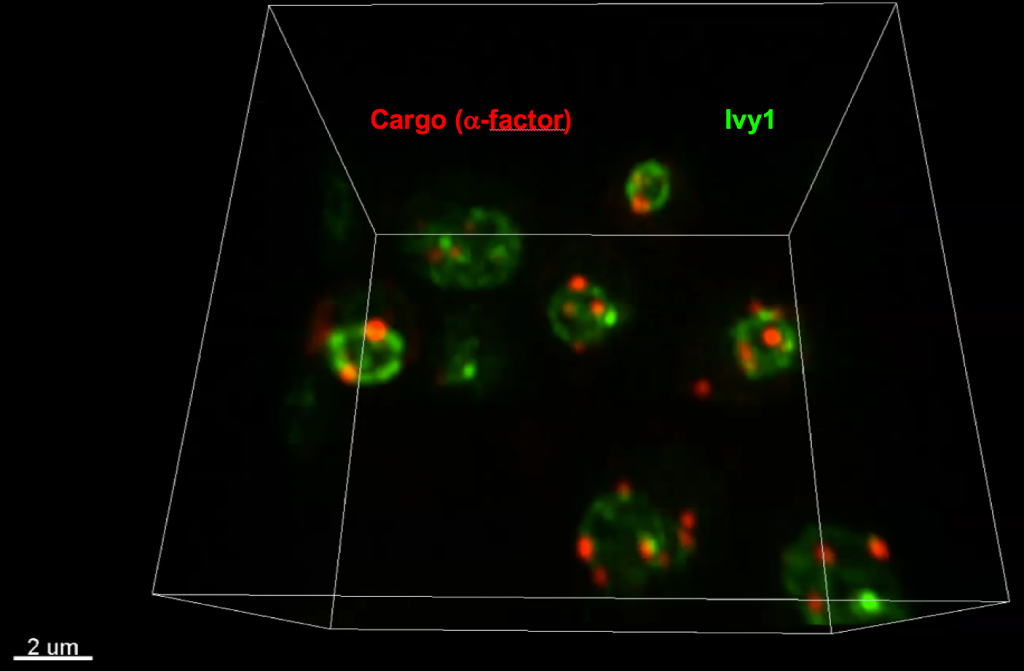
… to trace vacuolar proteins in cells
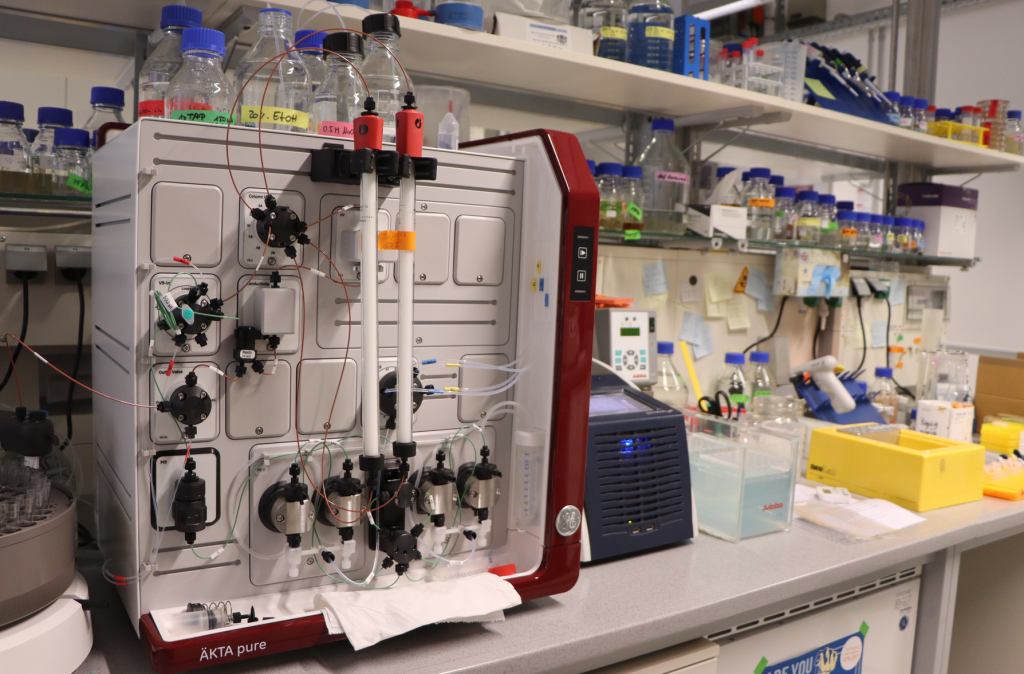
A FPLC machine …
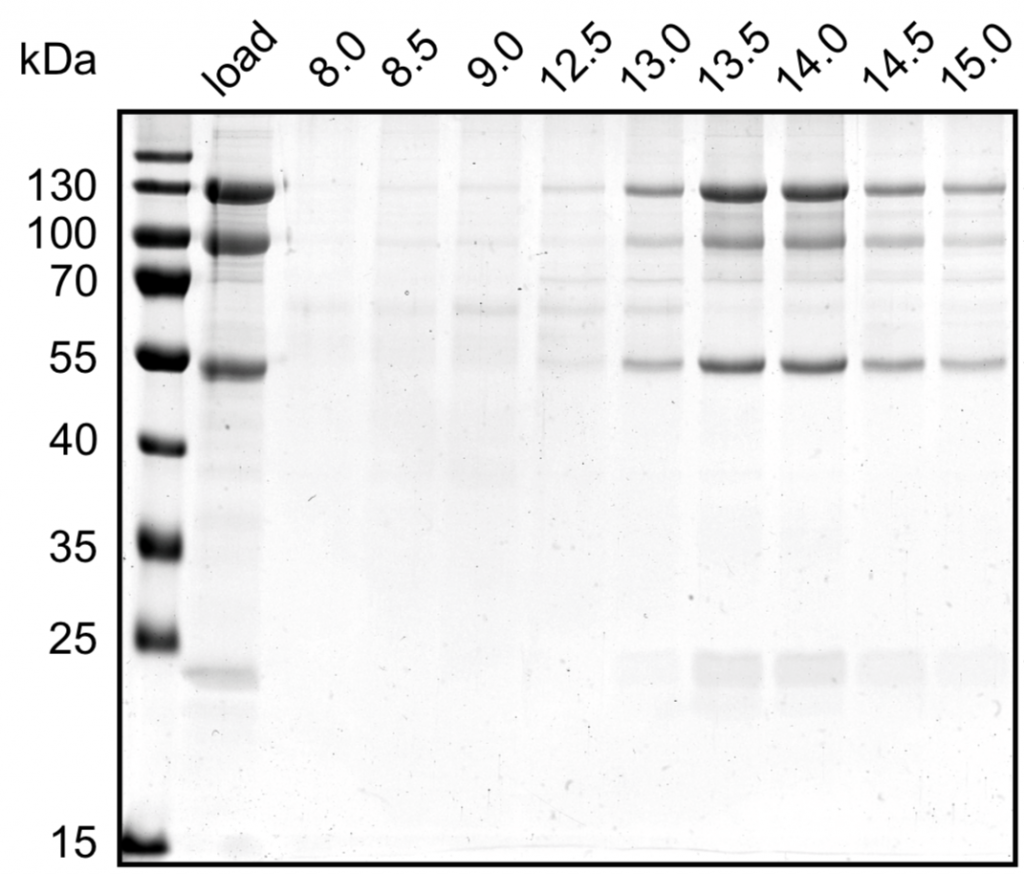
…. for protein purification
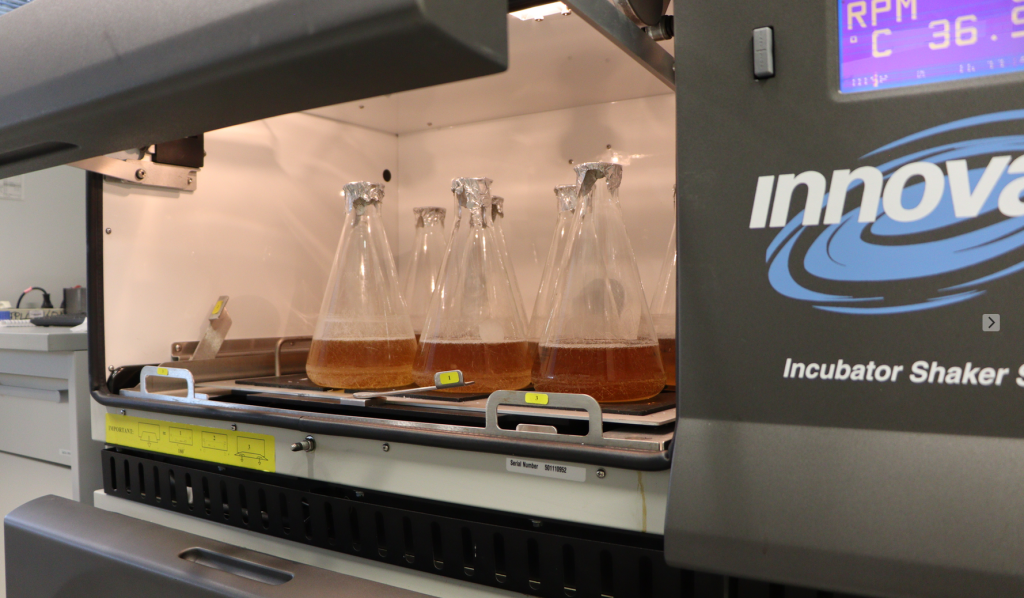
shakers to grow yeast and bacteria
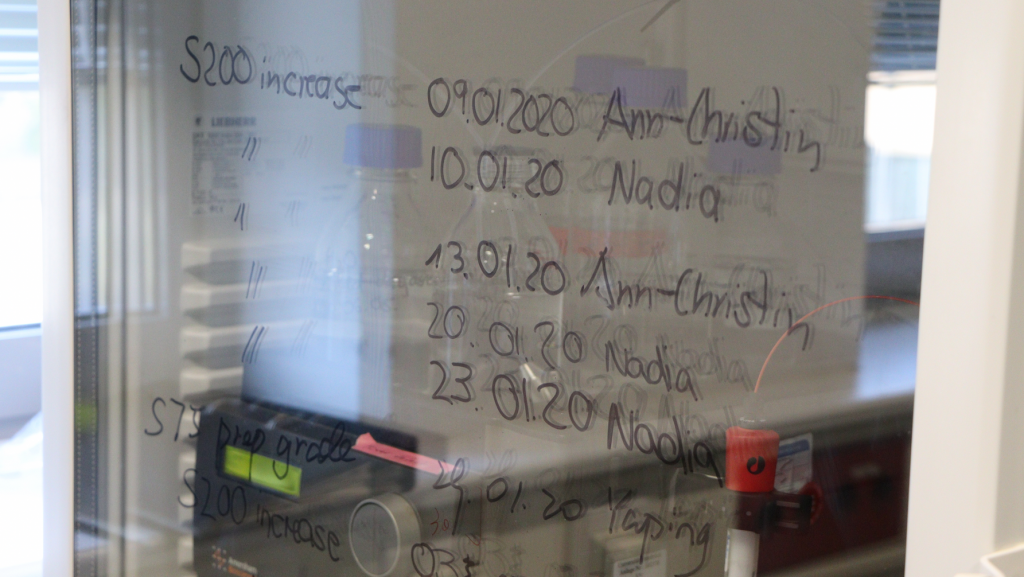
High end lab organization
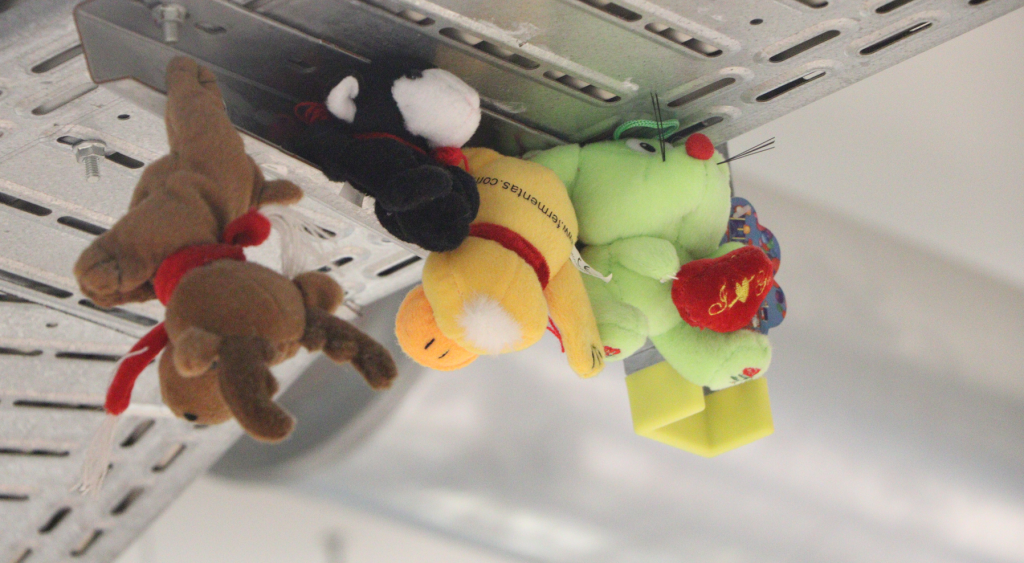
Fun!

